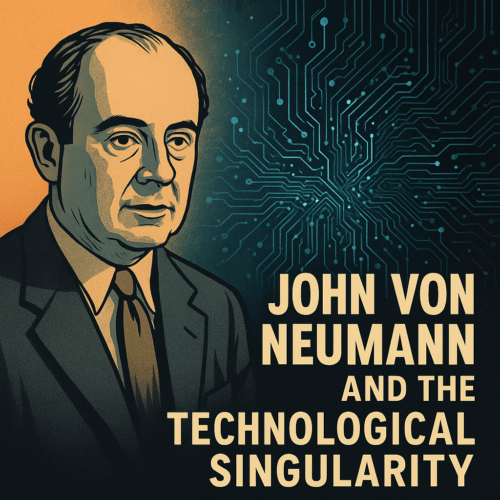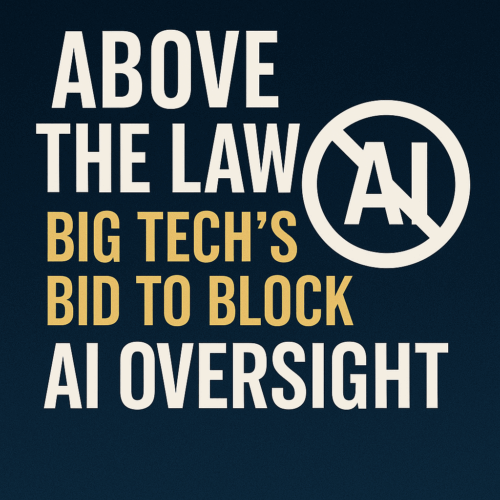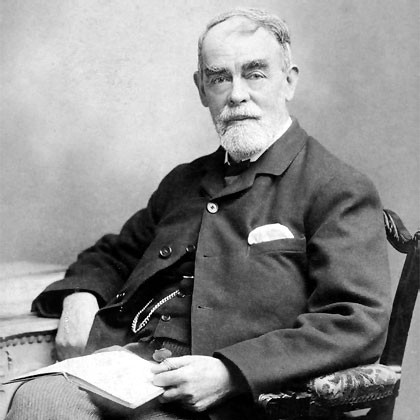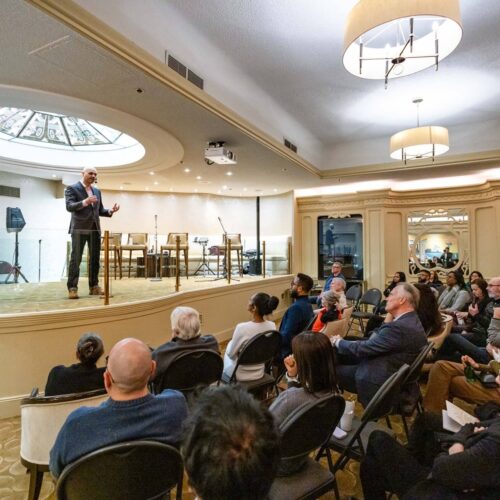This Article Was Written By A Robot
There is no one definition of robot which satisfies everyone and most people have their own. For example Joseph Engelberger, a pioneer in industrial robotics, once remarked: “I can’t define a robot, but I know one when I see one.”
According to the Encyclopaedia Britannica a robot is “any automatically operated machine that replaces human effort, though it may not resemble human beings in appearance or perform functions in a humanlike manner.” The Merriam-Webster dictionary describes a robot as a “machine that looks like a human being and performs various complex acts (as walking or talking) of a human being,” or a “device that automatically performs complicated often repetitive tasks,” or a “mechanism guided by automatic controls.”
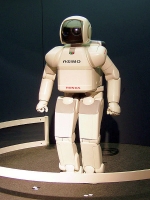
A lot of people find it disturbing that humans are becoming more like robots while, at the same time, robots are also becoming more like humans. Many are philosophizing about what humans will become after we modify ourselves through genetic engineering or by implanting AI components into all parts of the body to improve our physical and mental abilities. There are concerns that such modifications will pervert us in some way and should perhaps be avoided. This is causing a lot of anxiety and some are warning that humans will stop being actually human.
I, for one, fail to see what the fuss is all about. There is a simple answer as to why the prospect of “artificial” human modification should not be a significant cause for concern.
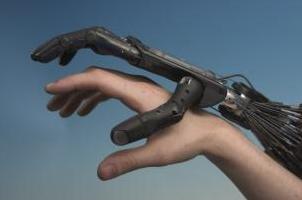 Humans already are robots. One of my favorite quotes by Aubrey de Grey is “the human body is a very complex machine.” Yes, we are complex, self replicating and self-repairing, but we are machines never-the-less. Look at yourself, look at your hands – they are a small part of an extremely complex apparatus that is able to accomplish all kinds of sophisticated actions. Vertebrate life forms are the most complex apparatus ever developed and no definition of a robot says that it has to be man made. So what if the current life forms were created by the trial-and-error process called evolution for over 4.7 billion years?!…
Humans already are robots. One of my favorite quotes by Aubrey de Grey is “the human body is a very complex machine.” Yes, we are complex, self replicating and self-repairing, but we are machines never-the-less. Look at yourself, look at your hands – they are a small part of an extremely complex apparatus that is able to accomplish all kinds of sophisticated actions. Vertebrate life forms are the most complex apparatus ever developed and no definition of a robot says that it has to be man made. So what if the current life forms were created by the trial-and-error process called evolution for over 4.7 billion years?!…
It is a given that a person does look like a human and can replace other humans’ efforts and is able to perform various complex and often repetitive acts (such as walking and talking) and finally is guided by automatic controls (in our nervous system).
The human being is definitely not a perfect contraption for any mechanism can always be improved. However, the natural process of evolution that has updated humans until the start of the industrial revolution is no longer an option. Civilization needs to find a new way to improve their design. And just as humanity is transcending evolution the technology to modify the human machine will become available.
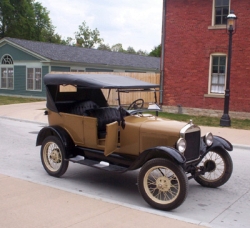
The technology to maintain the human machine indefinitely in roughly its built condition will be fully available with the advent of regenerative medicine, as being developed by Aubrey de Grey and the SENS Foundation. In may take 20 or 30 years (or more) but the technological singularity (also estimated to take roughly another 20 or 30 years) will provide us with another way to improve the hardware we run on and build the next generation of humachines to be better then they would be by (evolutionary) chance.
Think of your body as an old car — you can keep it running in perfect condition indefinitely, for as long as you do the proper maintenance (i.e. regenerative medicine). Just like people who have an antique and perfectly working Ford Model T. Or you might want to put in a more powerful engine, an automatic gearbox and an air conditioning unit, so you can drive faster and more more comfortably. You can even turn it into a hot-rod muscle car for street racing or to impress the girls…
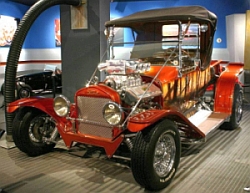
Why would anyone worry about the option of modifying a robot to be a better robot?
Humans are always updating the programming of our biological CPU (through education) from the moment we are born. You are updating your programming even now – by reading this article. Further “artificial” mental and physical modifications that will be an option after the singularity will just be another hardware adjustment, not very much different from the one above. Some people want to keep their cars as if they just came off the assembly line. Others may let them wear out and go on to the scrap yard. But in my opinion, most will want to install parts that allow for better durability, performance, speed and comfort.
…I can now say that I know a robot when I see one. And that includes when I am looking at the mirror.
About the Author: Kieran Griffith is a voluntary consultant to the SENS Foundation for developing medical techniques that extend lifespan indefinitely. He has degrees in psychology, the Humanities and Space Science, and is planning a future career in the field of commercial spaceflight.
Related articles
- Funny Or Serious: Are We Giving Robots Too Much Power? (singularityblog.singularitysymposium.com)
- Can Terraforming Venus Be The Solution To Population Growth? (singularityblog.singularitysymposium.com)
- Top 3 Robot Music Videos (singularityblog.singularitysymposium.com)


